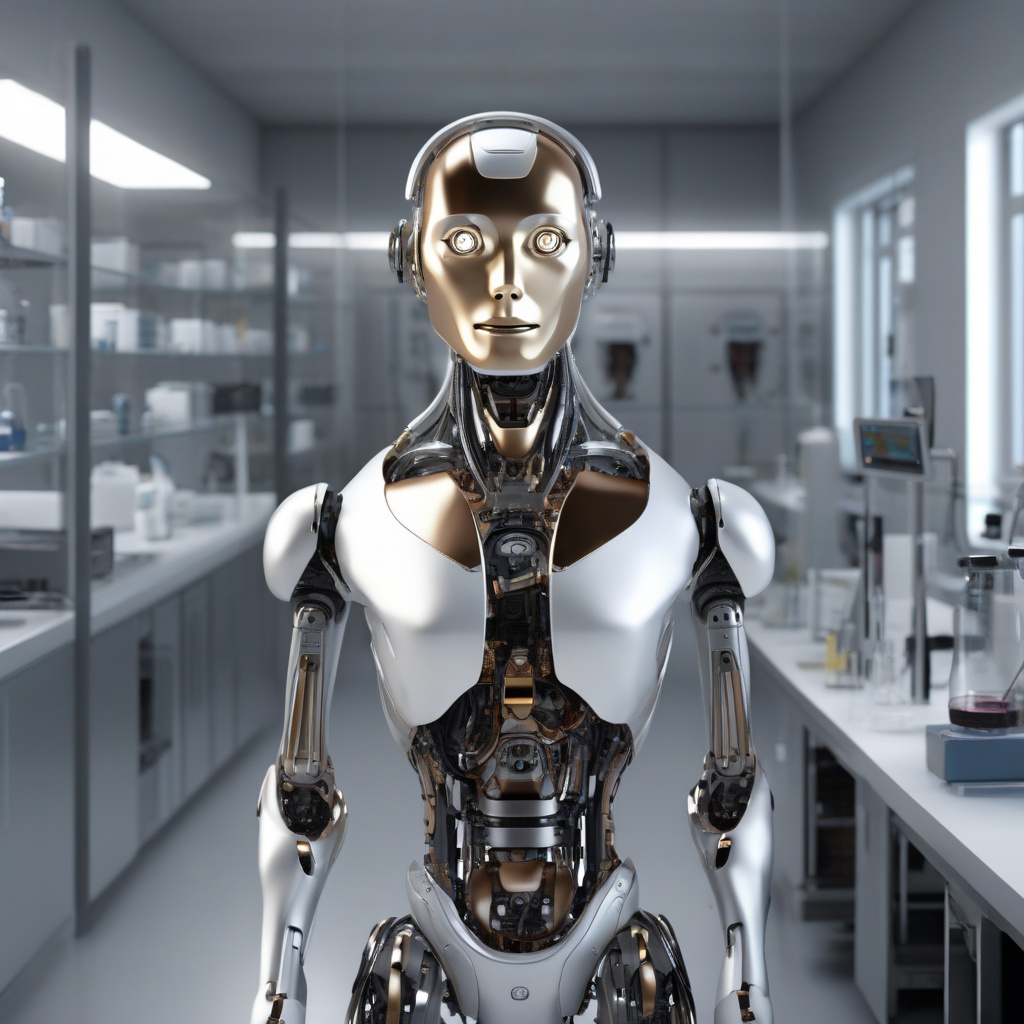Amazon Introduces Vulcan: The Robot with a Sense of Touch
Amazon continues to push the boundaries of innovation with the introduction of the Vulcan robot, a groundbreaking addition to its fleet of warehouse automation. This new robot is not just about efficiency; it’s about adding a touch of humanity to the mechanical world.
The Vulcan robot’s ability to “feel” is a game-changer in the realm of robotics. Equipped with force-sensitive grippers and sensors, Vulcan is capable of discerning the edges, contours, and resistance of the items it handles. This tactile proficiency allows Vulcan to delicately pick up a soft bag of candy or firmly grasp a heavy coffee table book without mishaps.
By incorporating a genuine sense of touch, Amazon’s Vulcan robot offers a level of flexibility that was previously unattainable. With the capacity to handle approximately 75% of the products found in a typical Amazon warehouse, Vulcan streamlines operations and enhances productivity.
While some may harbor reservations about the anthropomorphization of robots, it’s essential to recognize the distinct differences between Vulcan’s mechanical “feeling” and human touch. Although Vulcan can replicate aspects of human touch through sensors and AI, it lacks the emotional depth and consciousness inherent in human sensation.
Despite these disparities, Vulcan represents a significant technological leap forward. Aaron Parness and his team have crafted a robot that not only mimics touch but also adapts to real-world conditions, heralding a new era of physical intelligence in robotics.
Vulcan’s role in Amazon’s fulfillment centers underscores the symbiotic relationship between advanced technology and human labor. By automating tasks that once demanded human dexterity, Vulcan is revolutionizing the warehouse landscape without seeking to replicate human form.
This robot’s prowess lies in its precision and adaptability. Equipped with sensors that monitor pressure and torque, Vulcan navigates its tasks with expert efficiency, working tirelessly to fulfill its duties. While it may have limitations in terms of weight capacity, Vulcan seamlessly integrates with human workers to overcome any obstacles.
Moreover, Vulcan is not alone in its tactile capabilities. Innovations like RoboTact, RoboTouch, and Meta’s Digit 360 sensor are paving the way for a future where robots can perform intricate tasks with finesse and accuracy. The potential applications of these tactile robots are vast, ranging from delicate agricultural tasks to life-saving surgical procedures.
As Amazon harnesses the power of tactile robotics to streamline its operations, it’s evident that Vulcan is just the beginning. With each technological advancement, we edge closer to a future where robots seamlessly collaborate with humans, enhancing efficiency and productivity across industries.
In conclusion, Amazon’s Vulcan robot represents a remarkable fusion of technology and innovation. As we embrace the era of tactile robotics, we are poised to witness a transformative shift in how tasks are executed, setting the stage for a future where precision and efficiency converge to redefine the boundaries of possibility.

